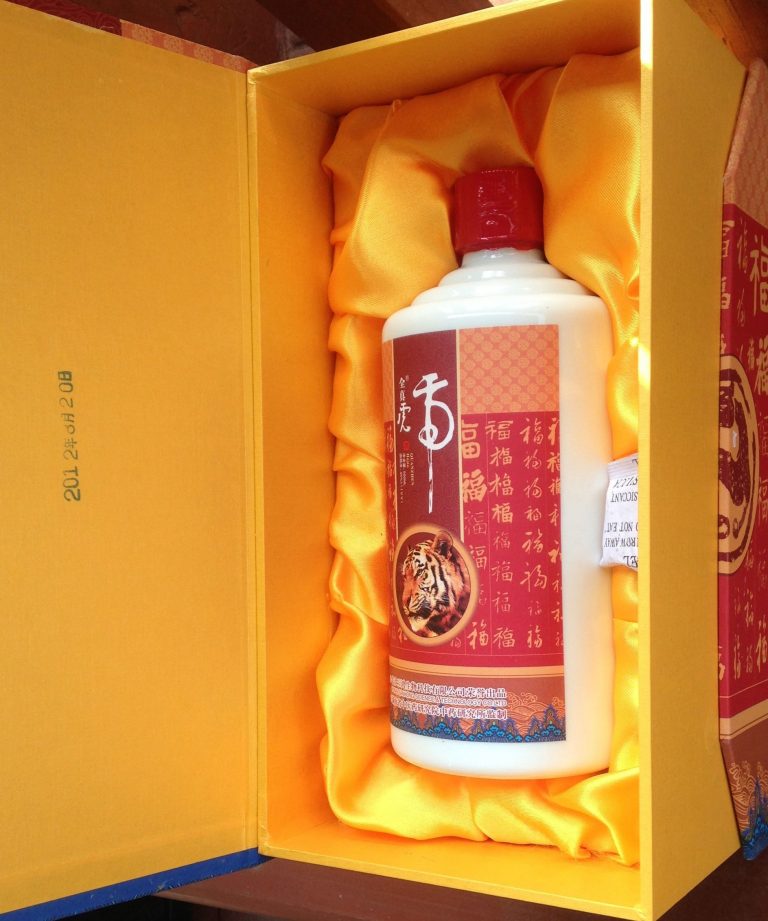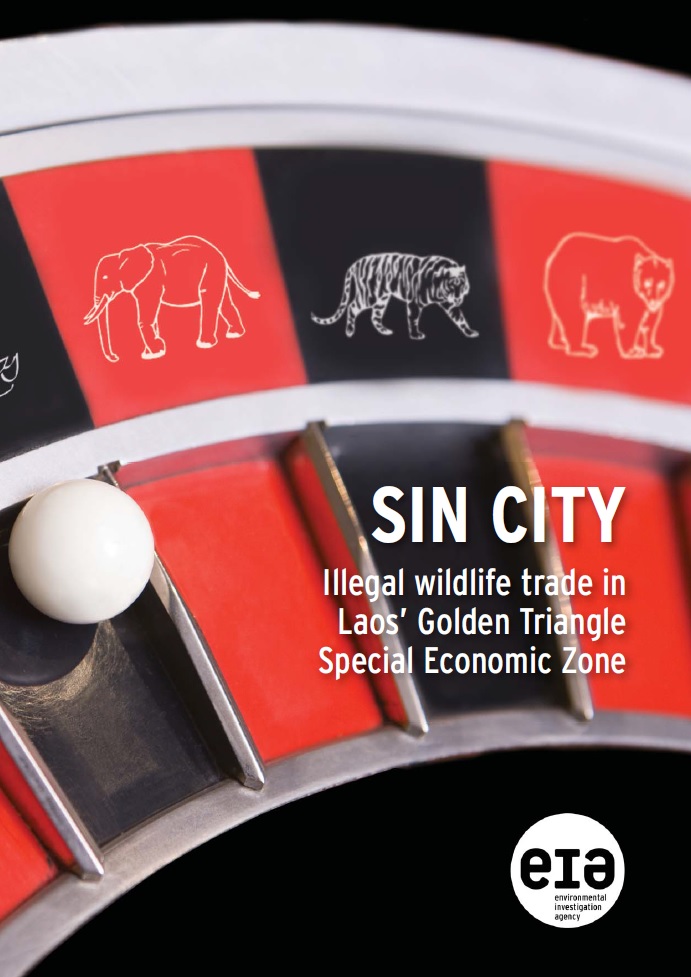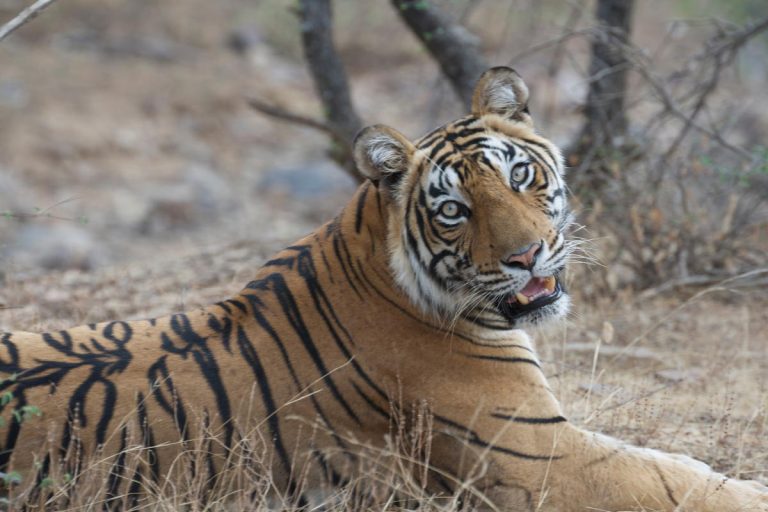About 4,000 wild tigers remain in Asia but the pressing threat from wildlife traffickers continues as they profit from demand for tiger parts and derivatives. Illegal trade also takes a terrible toll on other species such as leopards, lions and jaguars, either in their own right or so they can be passed off as tiger. Though our investigations, we have already successfully broken into and exposed the illegal trade on several occasions.
The problem
There are only about 4,000 wild tigers left in Asia, a 96 per cent decline over the past 100 years. Transnational organised criminal networks continue to profit from demand for tiger parts and derivatives, primarily in China. Financing poaching and fuelling corruption, these networks persist in the face of enforcement efforts in some of the source and transit countries because of a lack of intelligence-led enforcement and cooperation from China.
This unchecked demand also drives trade in leopards, snow leopards, clouded leopards, African lions and jaguars, with teeth, claws and bones of other big cats being passed off as tiger.





